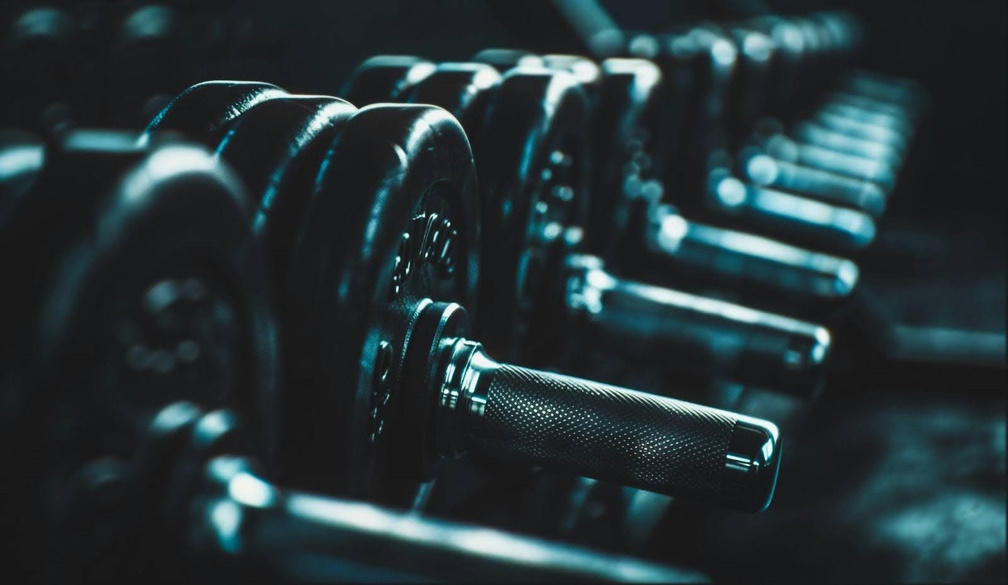25 years into a new century and housing is less affordable than ever
- Written by Brendan Coates, Program Director, Housing and Economic Security, Grattan Institute
Of all the problems facing Australia today, few have worsened so rapidly in the past 25 years as housing affordability.
Housing has become more and more expensive – to rent or buy – and home ownership continues to fall among poorer Australians of all ages.
Housing makes up most of Australia’s wealth, so more expensive homes concentrated in fewer hands means growing wealth inequality, with a marked generational divide.
To unwind inequality, we need to make housing cheaper, and that means building much more of it.
Housing has become more expensive
The price of the typical Australian home has grown much faster than incomes since the turn of the century: from about four times median incomes in the early 2000s, to more than eight times today, and nearly 10 times in Sydney.
Housing has also become more expensive to rent, especially since the pandemic.
Rental vacancy rates are at record lows and asking rents (that is for newly advertised properties) have risen fast – by roughly 20% in Sydney and Melbourne in the past four years, and by much more in Brisbane, Adelaide, and Perth.
Home ownership is falling fast among the young
Rising house prices are pushing home ownership out of reach for many younger Australians.
In the early 1990s it took about six years to save a 20% deposit for a typical dwelling for an average household. It now takes more than 12 years.
Unsurprisingly, home ownership rates are falling fastest for younger people. Whereas 57% of 30–34 year-olds owned their home in 2001, just 50% did so by 2021. And just 36% of 25–29 year olds own their home today, down from 43% in 2001.
And home ownership is falling fastest among the poorest 40% of each age group.
Fewer homeowners means more inequality
People on low incomes, who are increasingly renters, are spending more of their incomes on housing.
The real incomes of the lowest fifth of households increased by about 26% between 2003–04 and 2019–20. But more than half of this was chewed up by skyrocketing housing costs, with real incomes after housing costs increasing by only 12%.
In contrast, the real incomes for the highest fifth of households increased by 47%, and their after-housing real incomes by almost as much: 43%.
Wealth inequality in Australia is still around the OECD average but has been climbing for two decades, largely due to rising house prices.
In 2019–20, one-quarter of homeowning households reported net wealth exceeding $1 million. By contrast, median net wealth for non-homeowning households was $60,000.
Since 2003–04, the wealth of high-income households has grown by more than 50%, much of that due to increasing property values. By contrast, the wealth of low-income households – mostly non-homeowners – has grown by less than 10%.
The growing divide between the housing “haves” and “have nots” is largely generational. Older Australians who bought their homes before prices really took off in the early 2000s have seen their share of the country’s wealth steadily climb.
This inequality will get baked in as wealth is passed onto the next generation.
Some Australians will be lucky enough to inherit one or more homes. Others – typically those on lower incomes – will receive none.
To unwind inequality, we need to make housing less expensive
We haven’t built enough
Australians’ demand for housing since the turn of the decade is a story of historically low interest rates, increased access to finance, tax and welfare settings that favour investments in housing, and a booming population.
But one widely-blamed villain – the introduction of the 50% capital gains tax discount in 1999, together with negative gearing – is likely to have played only a small part in rising house prices.
That’s because the value of these tax advantages – about $10.9 billion a year – is tiny compared to Australia’s $11 trillion housing market.
Instead, the biggest problem is that housing construction in recent years hasn’t kept up with increasing demand.
Strong migration over the past two decades has seen Australia’s population rise much faster than most other wealthy countries in recent decades, boosting the number of homes we need. Rising incomes, and demographic trends such as rising rates of divorce and an ageing Australia, have further increased housing demand.
Yet Australia has one of the lowest levels of housing per person of any OECD country, and is one of only four OECD countries where the amount of housing per person went backwards over the past two decades.
This is largely a failure of housing policy. Australia’s land-use planning rules – the rules that dictate what can get built where – are highly restrictive and complex. Current rules and community opposition make it very difficult to build new homes, particularly in the places where people most want to live and work.
More homes would mean less inequality
Fixing this will allow mores home to get built, moderate house price growth, and reduce barriers to home ownership. In turn, this will reduce the inequalities created by our broken housing system.
Easing planning restrictions is hard for governments, because many residents don’t want more homes near theirs.
The good news is that the penny has started to drop and state governments – particularly in Victoria and New South Wales – are making meaningful progress towards allowing more homes in activity centres and on existing transport links.
But now the real test begins: how will governments respond to the backlash from people who would prefer their communities to stay the same?
How well governments hold the line against the so-called NIMBYs (Not In My Back Yard) will tell us a lot about what we can expect to happen to inequality in Australia in the future.
Authors: Brendan Coates, Program Director, Housing and Economic Security, Grattan Institute



















